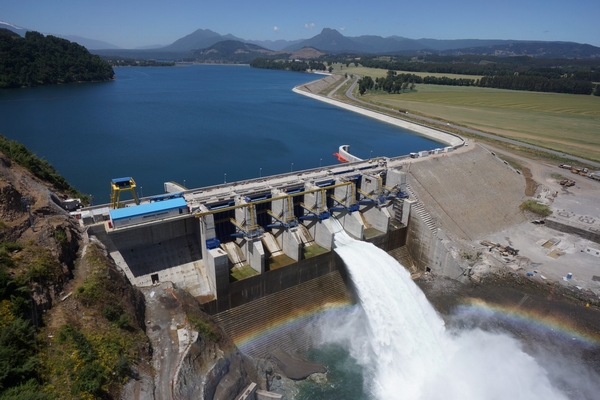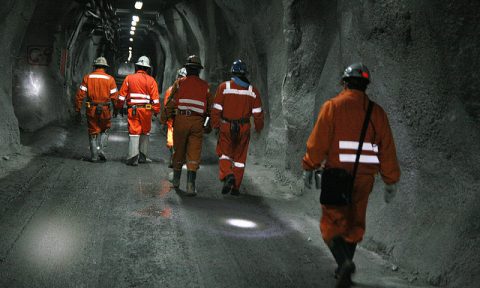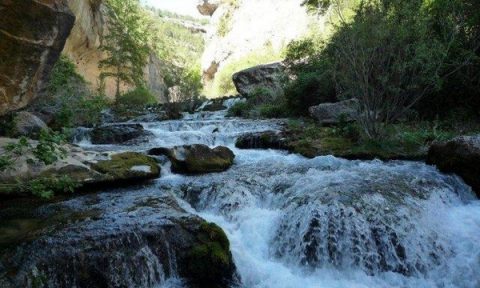Energy costs up 20% in September despite largest hydroelectric contribution

The item was at an average of $ 88.5 per MWh, compared to $ 73.7 per MWh reached last August.
The major contribution of hydroelectric generation in the matrix failed to contain the cost of electricity in the Central Interconnected System (SIC), which rose on average by 20% in September.
According to the Center for Economic Load Dispatch (Cdec) of SIC’s Data, the month that ended yesterday the marginal cost averaged $ 88.5 per MWh, up from $ 73.7 MWh as of August.
While in twelve months, this item fell 5.14%.
The marginal cost is the price for energy exchanges between generators, but today, given the mismatch of the system, this factor has been transferred to part of the large customers contracts.
In September, hydropower generation accounted for the largest contribution to the system, with 55.3% of the total. Thermal power plants (coal, LNG and diesel) contributed with the 40.6% of total energy, while wind and solar units accounted for 3.13% and 0.91%, respectively.
Despite the water intake rose compared with the previous year, when only represented 46% of the total, prices increased before the departure of efficient coal units, such as Bocamina I which did not operate during the whole month-and Bocamina II (paralyzed since December last year).
The increased presence of units based on Liquefied Natural Gas (LNG), which are more expensive, such as Nehuenco from Colbún or San Isidro II, from Endesa, and other diesel, which raised the total system costs, are added to this.
The evolution of marginal costs in the coming months, and until a new rainy season start, it will depend on the melting accumulated over the last winter.
According to the General Water Directorate (DGA), the water situation would continue with deficit in the north and center of the country, while in the south there were improvements in snow accumulation, so reservoirs as Colbún, Maule, Ralco and Lake Laja, start the melt season with more resources than last year.
Source: Diario Financiero













